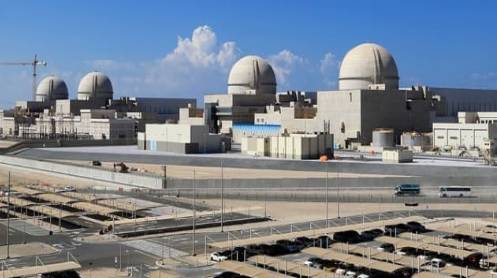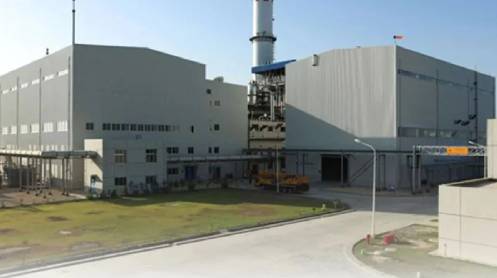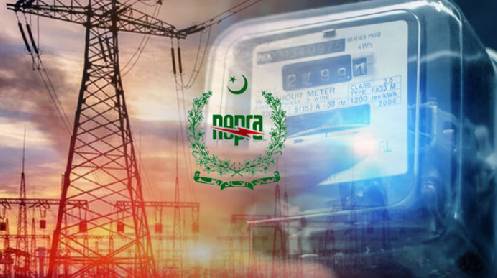The United Arab Emirates has announced plans to invest up to $54 billion over the next seven years to meet its growing energy demands and triple its supply of renewable energy. UAE and Saudi Arabia are the two GCC members leading in renewable energy investments and rapidly diversifying their energy portfolios in the Gulf region.
Last year, the Emirates Nuclear Energy Corporation (ENEC) announced the commissioning of the country’s first-ever nuclear power plant--the Barakah unit 1.
The 1,400-megawatt nuclear plant is the single largest electricity generator in the UAE since reaching 100% power in early December, and is now providing “constant, reliable and sustainable electricity around the clock.”ENEC says Barakah unit 1 is “now leading the largest decarbonization effort of any industry in the UAE to date.“
Following in the footsteps of Saudi Arabia, the UAE is laying a strong foundation for the energy transition.
Masdar, the clean energy arm of Abu Dhabi sovereign wealth fund Mubadala, is building renewable capacity in central Asia after signing a deal in April 2021 to develop a solar project in Azerbaijan.
Since its inception in 2006, Masdar has built a portfolio of renewable energy assets in 30 different countries, having invested about $20bn to develop 11GW of solar, wind, and waste-to-energy power generation capacity.
And now Masdar says it intends to apply the lessons gleaned abroad to develop clean energy capacity back at home.
“Solutions we have developed in our international operations will definitely have applications here in the UAE“, says Masdar’s El-Ramahi.
For instance, Masdar plans to bolster the UAE’s comparatively weak wind resources by developing domestic wind farms using the latest class three turbines that are able to harness electricity even from low wind speeds.
Further, the company is also constructing a $1.1bn facility that will burn garbage to generate power in one of the world’s largest waste-to-energy plants. Once complete, the plants will incinerate almost two-thirds of the household waste the country generates every year.
Though not typically considered a clean energy source, modern waste-to-energy plants are much cleaner, as per the United Nations Environmental Program (UNEP). By using advanced technologies, these plants are able to burn waste at extremely high temperatures, thus ensuring complete combustion while missions are specially treated, leaving minimal amounts of toxic byproducts like flue ash. In fact, tests have shown that the air emitted by certain waste-to-energy chimneys can be cleaner than the air flowing in.





